charles joh. palmié
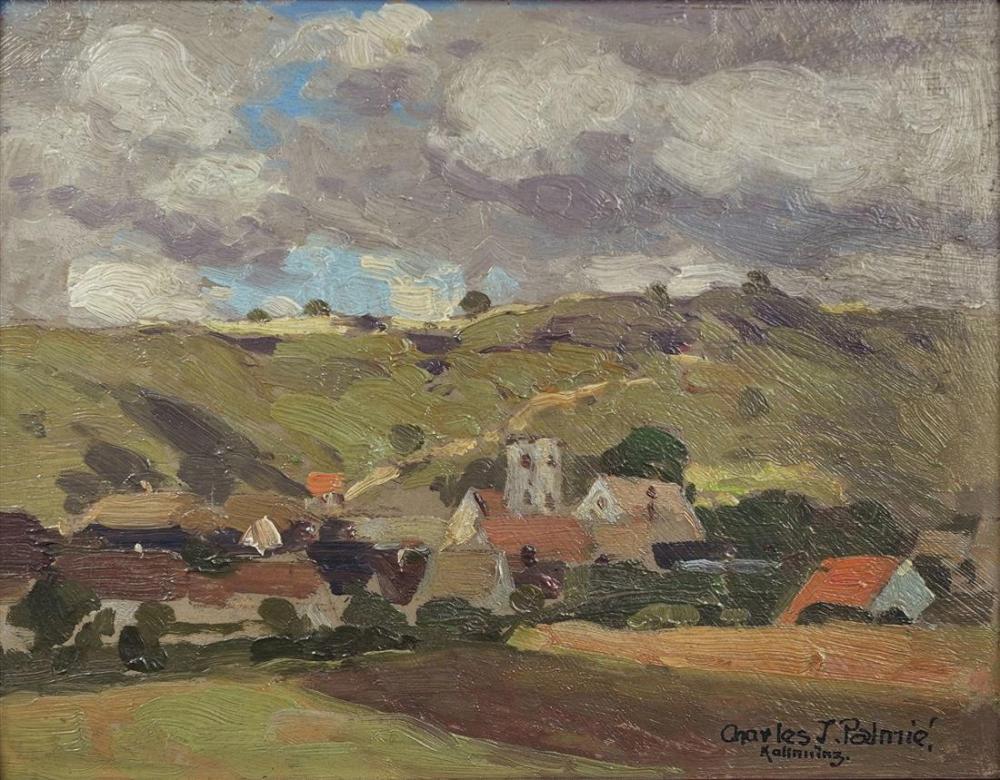
Charles Johann Palmié was a German painter, one of the pioneers of German Modernism and Neo-Impressionism.
He studied at the Dresden Academy of Fine Arts, traveled and worked extensively, specializing in landscapes. In 1901 Palmie and his artist wife opened an artists' hotel in Kalmunz, Germany. Soon an entire colony of artists formed there, numbering up to forty people, many of whom lived there permanently. After Wassily Kandinsky and Gabriele Münter visited the hotel in the summer of 1903, the Kalmunz colony became the talk of the art world.
Impressed by the works of Claude Monet, the artist traveled to France in 1905, where a meeting with the master himself played a decisive role in the further direction of Palmie's work. In France, he spent much time studying Neo-Impressionism, pointillism and monochrome painting, and created many landscapes.
In 1909 Palmie, along with Vasily Kandinsky, Alexei Jawlensky, Gabriele Münter and others, became one of the founders of the Association of New Artists of Munich (Neue Künstlervereinigung München or NKVM), an expressionist art group in Munich. This group later evolved into Der Blaue Reiter ("The Blue Rider"), but without Palmie's participation.
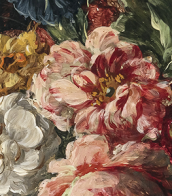

Charles Johann Palmié was a German painter, one of the pioneers of German Modernism and Neo-Impressionism.
He studied at the Dresden Academy of Fine Arts, traveled and worked extensively, specializing in landscapes. In 1901 Palmie and his artist wife opened an artists' hotel in Kalmunz, Germany. Soon an entire colony of artists formed there, numbering up to forty people, many of whom lived there permanently. After Wassily Kandinsky and Gabriele Münter visited the hotel in the summer of 1903, the Kalmunz colony became the talk of the art world.
Impressed by the works of Claude Monet, the artist traveled to France in 1905, where a meeting with the master himself played a decisive role in the further direction of Palmie's work. In France, he spent much time studying Neo-Impressionism, pointillism and monochrome painting, and created many landscapes.
In 1909 Palmie, along with Vasily Kandinsky, Alexei Jawlensky, Gabriele Münter and others, became one of the founders of the Association of New Artists of Munich (Neue Künstlervereinigung München or NKVM), an expressionist art group in Munich. This group later evolved into Der Blaue Reiter ("The Blue Rider"), but without Palmie's participation.


Charles Johann Palmié was a German painter, one of the pioneers of German Modernism and Neo-Impressionism.
He studied at the Dresden Academy of Fine Arts, traveled and worked extensively, specializing in landscapes. In 1901 Palmie and his artist wife opened an artists' hotel in Kalmunz, Germany. Soon an entire colony of artists formed there, numbering up to forty people, many of whom lived there permanently. After Wassily Kandinsky and Gabriele Münter visited the hotel in the summer of 1903, the Kalmunz colony became the talk of the art world.
Impressed by the works of Claude Monet, the artist traveled to France in 1905, where a meeting with the master himself played a decisive role in the further direction of Palmie's work. In France, he spent much time studying Neo-Impressionism, pointillism and monochrome painting, and created many landscapes.
In 1909 Palmie, along with Vasily Kandinsky, Alexei Jawlensky, Gabriele Münter and others, became one of the founders of the Association of New Artists of Munich (Neue Künstlervereinigung München or NKVM), an expressionist art group in Munich. This group later evolved into Der Blaue Reiter ("The Blue Rider"), but without Palmie's participation.
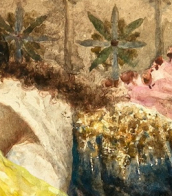

Charles Johann Palmié was a German painter, one of the pioneers of German Modernism and Neo-Impressionism.
He studied at the Dresden Academy of Fine Arts, traveled and worked extensively, specializing in landscapes. In 1901 Palmie and his artist wife opened an artists' hotel in Kalmunz, Germany. Soon an entire colony of artists formed there, numbering up to forty people, many of whom lived there permanently. After Wassily Kandinsky and Gabriele Münter visited the hotel in the summer of 1903, the Kalmunz colony became the talk of the art world.
Impressed by the works of Claude Monet, the artist traveled to France in 1905, where a meeting with the master himself played a decisive role in the further direction of Palmie's work. In France, he spent much time studying Neo-Impressionism, pointillism and monochrome painting, and created many landscapes.
In 1909 Palmie, along with Vasily Kandinsky, Alexei Jawlensky, Gabriele Münter and others, became one of the founders of the Association of New Artists of Munich (Neue Künstlervereinigung München or NKVM), an expressionist art group in Munich. This group later evolved into Der Blaue Reiter ("The Blue Rider"), but without Palmie's participation.
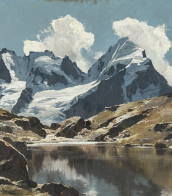

Charles Johann Palmié was a German painter, one of the pioneers of German Modernism and Neo-Impressionism.
He studied at the Dresden Academy of Fine Arts, traveled and worked extensively, specializing in landscapes. In 1901 Palmie and his artist wife opened an artists' hotel in Kalmunz, Germany. Soon an entire colony of artists formed there, numbering up to forty people, many of whom lived there permanently. After Wassily Kandinsky and Gabriele Münter visited the hotel in the summer of 1903, the Kalmunz colony became the talk of the art world.
Impressed by the works of Claude Monet, the artist traveled to France in 1905, where a meeting with the master himself played a decisive role in the further direction of Palmie's work. In France, he spent much time studying Neo-Impressionism, pointillism and monochrome painting, and created many landscapes.
In 1909 Palmie, along with Vasily Kandinsky, Alexei Jawlensky, Gabriele Münter and others, became one of the founders of the Association of New Artists of Munich (Neue Künstlervereinigung München or NKVM), an expressionist art group in Munich. This group later evolved into Der Blaue Reiter ("The Blue Rider"), but without Palmie's participation.
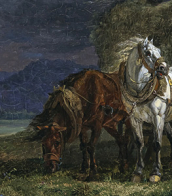

Charles Johann Palmié was a German painter, one of the pioneers of German Modernism and Neo-Impressionism.
He studied at the Dresden Academy of Fine Arts, traveled and worked extensively, specializing in landscapes. In 1901 Palmie and his artist wife opened an artists' hotel in Kalmunz, Germany. Soon an entire colony of artists formed there, numbering up to forty people, many of whom lived there permanently. After Wassily Kandinsky and Gabriele Münter visited the hotel in the summer of 1903, the Kalmunz colony became the talk of the art world.
Impressed by the works of Claude Monet, the artist traveled to France in 1905, where a meeting with the master himself played a decisive role in the further direction of Palmie's work. In France, he spent much time studying Neo-Impressionism, pointillism and monochrome painting, and created many landscapes.
In 1909 Palmie, along with Vasily Kandinsky, Alexei Jawlensky, Gabriele Münter and others, became one of the founders of the Association of New Artists of Munich (Neue Künstlervereinigung München or NKVM), an expressionist art group in Munich. This group later evolved into Der Blaue Reiter ("The Blue Rider"), but without Palmie's participation.


Charles Johann Palmié was a German painter, one of the pioneers of German Modernism and Neo-Impressionism.
He studied at the Dresden Academy of Fine Arts, traveled and worked extensively, specializing in landscapes. In 1901 Palmie and his artist wife opened an artists' hotel in Kalmunz, Germany. Soon an entire colony of artists formed there, numbering up to forty people, many of whom lived there permanently. After Wassily Kandinsky and Gabriele Münter visited the hotel in the summer of 1903, the Kalmunz colony became the talk of the art world.
Impressed by the works of Claude Monet, the artist traveled to France in 1905, where a meeting with the master himself played a decisive role in the further direction of Palmie's work. In France, he spent much time studying Neo-Impressionism, pointillism and monochrome painting, and created many landscapes.
In 1909 Palmie, along with Vasily Kandinsky, Alexei Jawlensky, Gabriele Münter and others, became one of the founders of the Association of New Artists of Munich (Neue Künstlervereinigung München or NKVM), an expressionist art group in Munich. This group later evolved into Der Blaue Reiter ("The Blue Rider"), but without Palmie's participation.


Charles Johann Palmié was a German painter, one of the pioneers of German Modernism and Neo-Impressionism.
He studied at the Dresden Academy of Fine Arts, traveled and worked extensively, specializing in landscapes. In 1901 Palmie and his artist wife opened an artists' hotel in Kalmunz, Germany. Soon an entire colony of artists formed there, numbering up to forty people, many of whom lived there permanently. After Wassily Kandinsky and Gabriele Münter visited the hotel in the summer of 1903, the Kalmunz colony became the talk of the art world.
Impressed by the works of Claude Monet, the artist traveled to France in 1905, where a meeting with the master himself played a decisive role in the further direction of Palmie's work. In France, he spent much time studying Neo-Impressionism, pointillism and monochrome painting, and created many landscapes.
In 1909 Palmie, along with Vasily Kandinsky, Alexei Jawlensky, Gabriele Münter and others, became one of the founders of the Association of New Artists of Munich (Neue Künstlervereinigung München or NKVM), an expressionist art group in Munich. This group later evolved into Der Blaue Reiter ("The Blue Rider"), but without Palmie's participation.
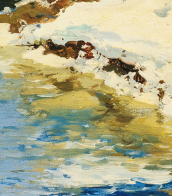
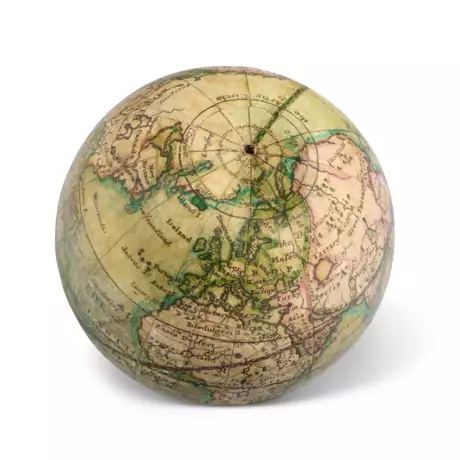
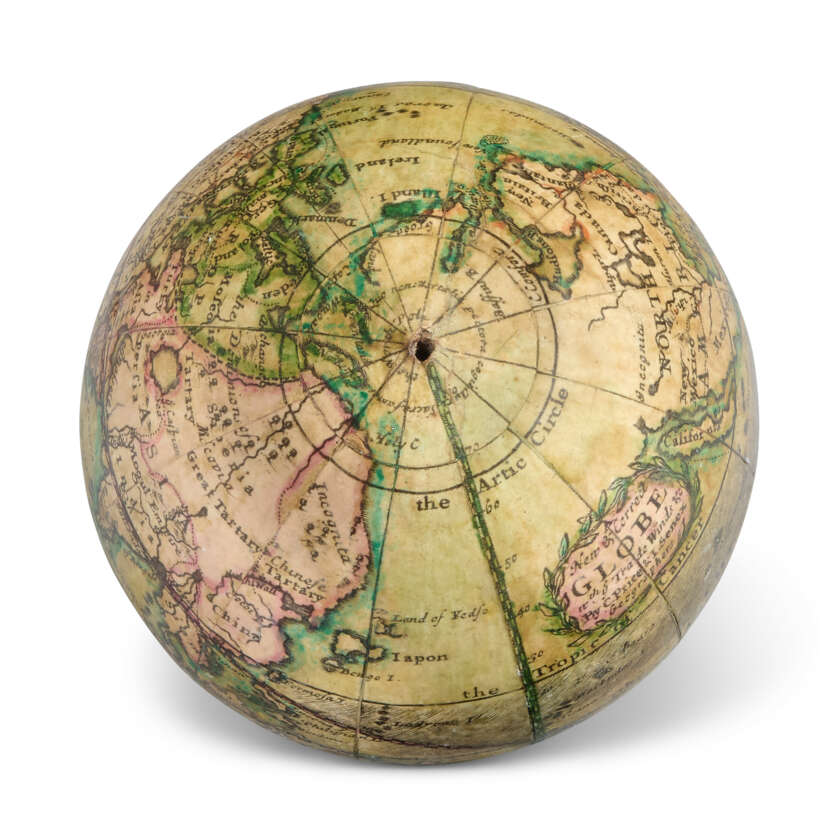

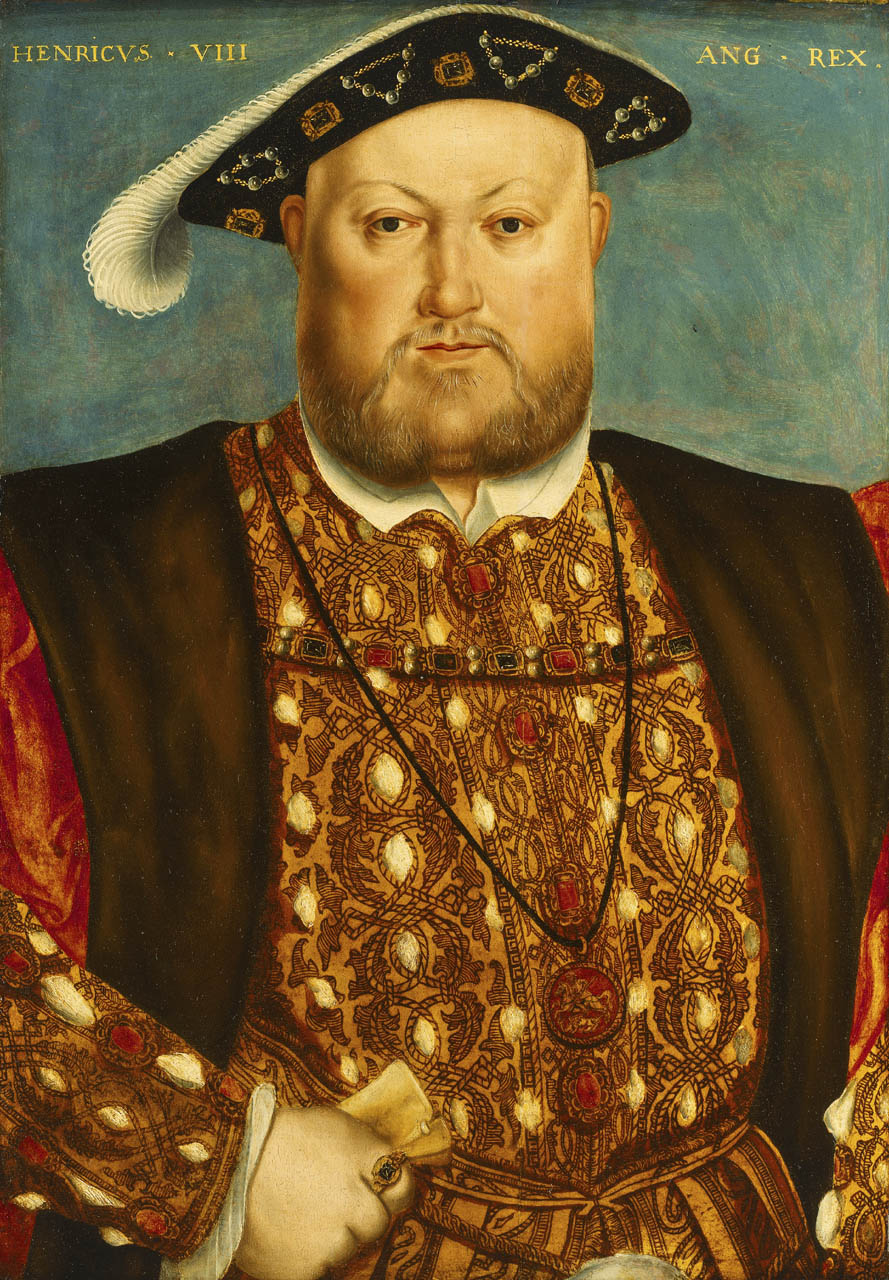
Henry VIII was King of England and Ireland, who ruled from 1509 to 1547.
Henry VIII was one of England's most famous monarchs, he launched the English Reformation and broke with the Roman Church to form the Church of England. He had six wives, including Anne Boleyn.

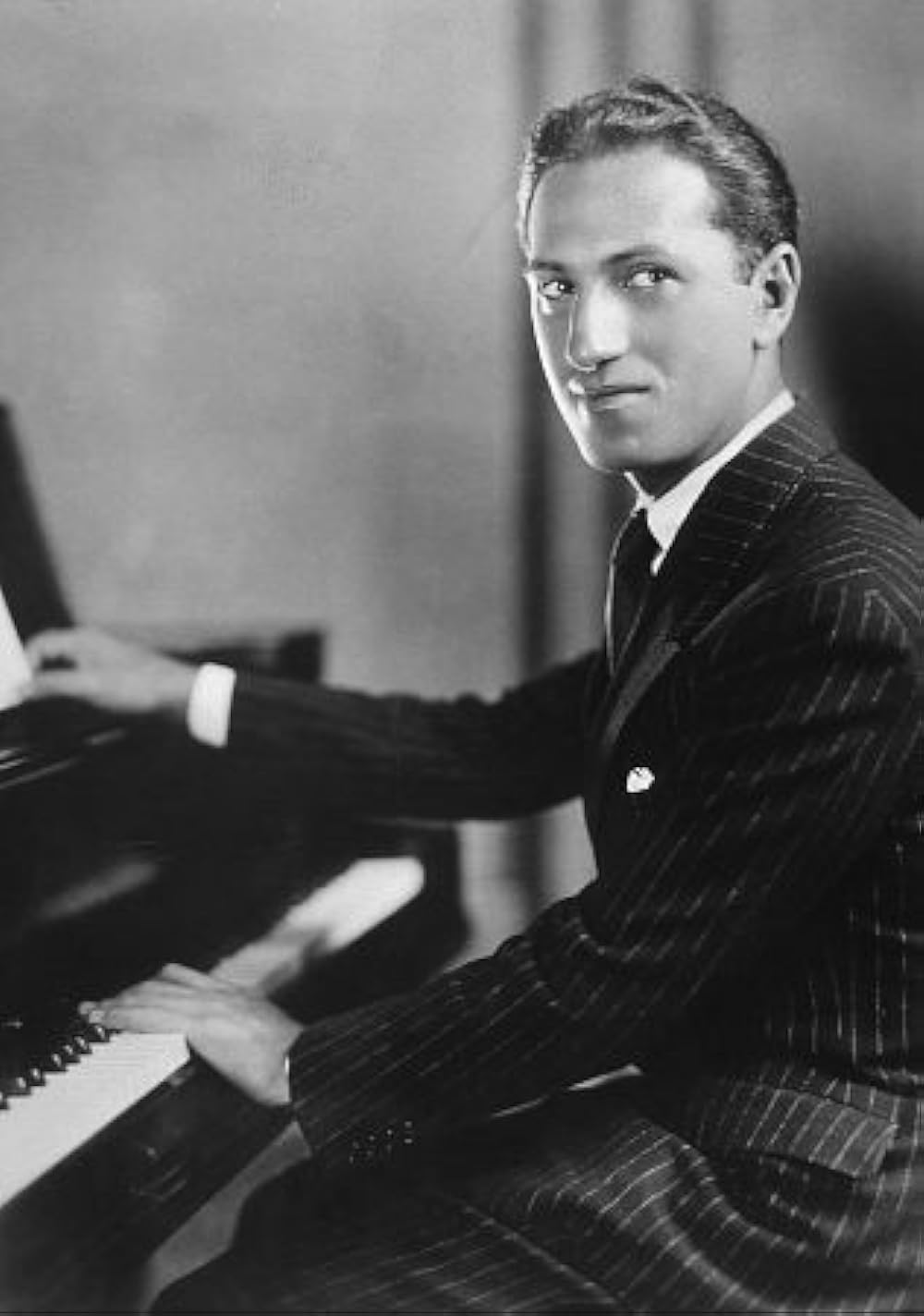
George Gershwin, born Jacob Gershwin, is an American composer and pianist.
George's parents emigrated from Russia to the United States in 1891, and he was about 12 years old at the piano, becoming virtually self-taught. Gershwin published his first song in 1916, but it was Swanee, written by a 20-year-old Gershwin in 1918, that made him famous. The income he received for it allowed Gershwin to concentrate on musical theater. In the 1920s, however, George, along with his older brother Ira, were major songwriters and hit songwriters on Broadway. The lyrics for all of Gershwin's films were written by Ira Gershwin, as were the lyrics for most of his musicals, although early in his career Gershwin worked with other lyric writers, including Irving Caesar and Buddy De Silva.
The Gershwin brothers' first Broadway hit was the song Lady Be Good in 1924. In his songs, Broadway shows, and movie scores, composer George Gershwin achieved unprecedented success with his masterful mastery of jazz, classical, and popular music styles. These include "Rhapsody in Blue" in 1924, "Concerto in F" in 1925, "An American in Paris" in 1928, and "Second Rhapsody" in 1931. Between 1919 and 1935. Gershwin wrote music for 31 musicals, one of which - Of Thee I Sing - in 1932 became the first musical to win the Pulitzer Prize for Dramaturgy. Gershwin's songs have also been used in numerous films and award-winning musicals over the years.
The opera Porgy and Bess, co-written with Dubose, Dorothy Hayward, and Ira Gershwin, was the Gershwin brothers' most ambitious project, combining memorable songs with drama. It was first performed in Boston in 1935 and was made into a movie in 1959.
In 1937, at the age of only 39, the brilliant composer died of a brain tumor. George Gershwin was at the height of his career, leaving a significant and lasting mark on the world of classical music. Today, his orchestral works are performed by most of the world's prestigious symphony orchestras. Ira Gershwin, who was two years older, lived 46 years after George's death.

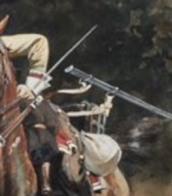
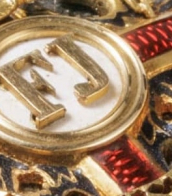
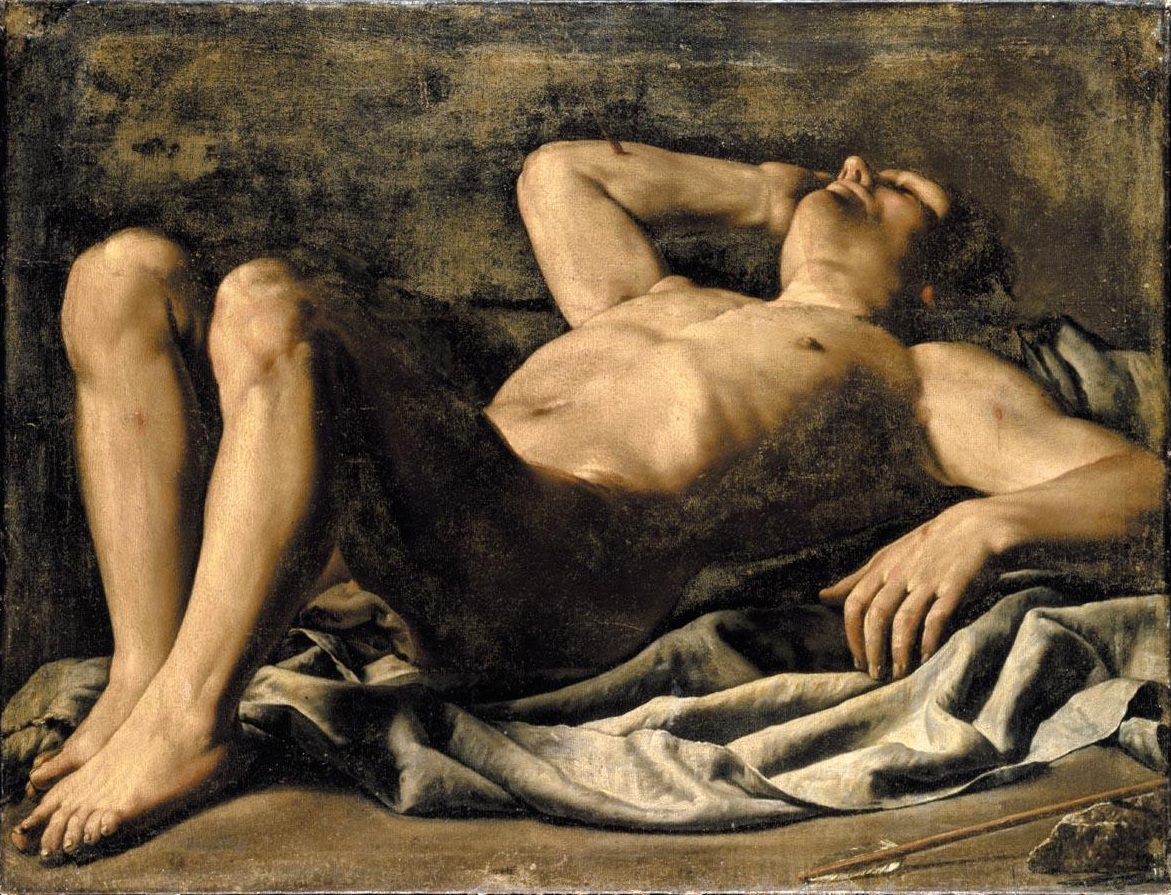
Marco Antonio Bassetti was an Italian painter.
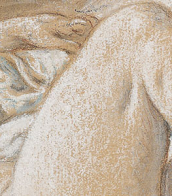
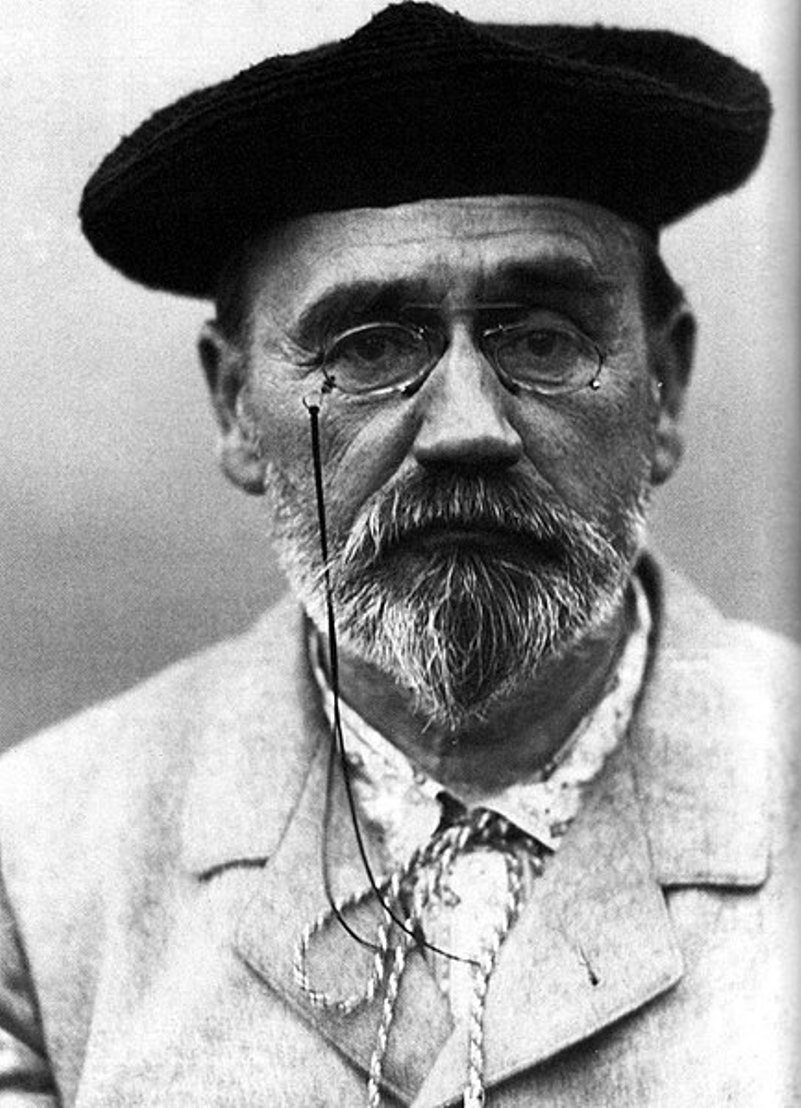

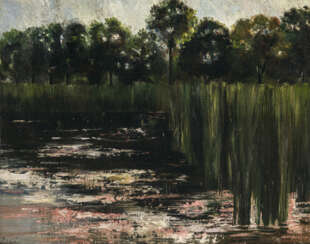

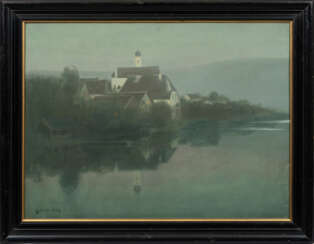



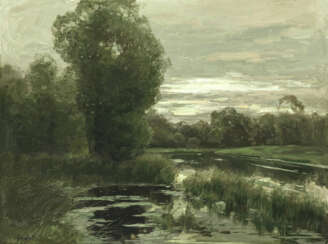

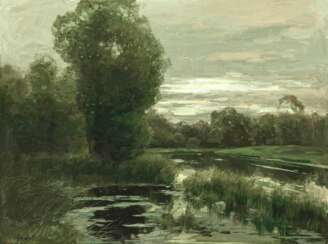

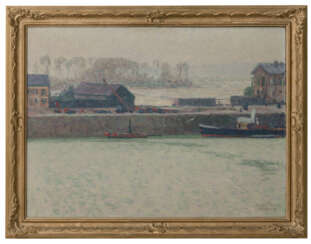

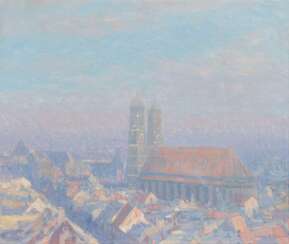

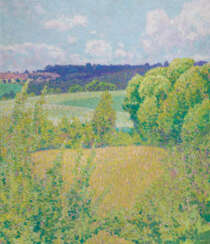

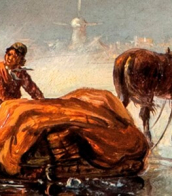
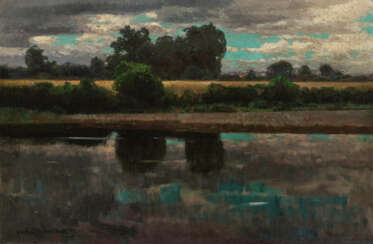




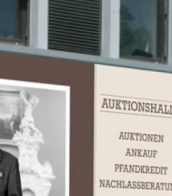


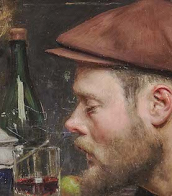
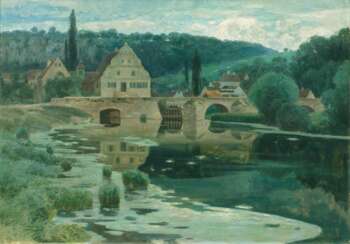

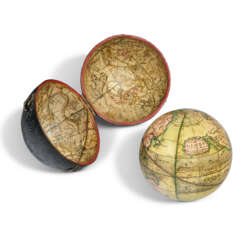

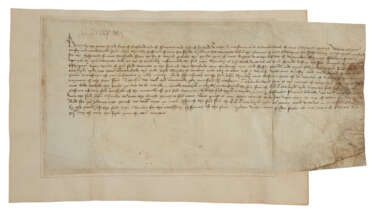

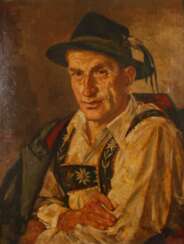

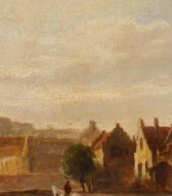
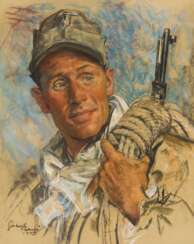

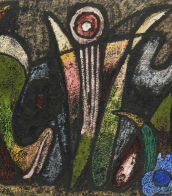
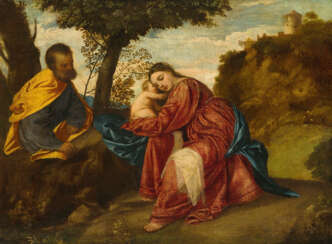

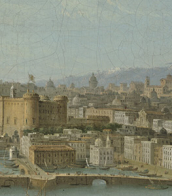
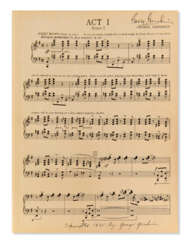




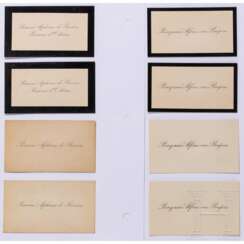

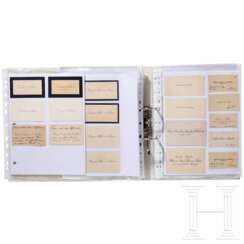

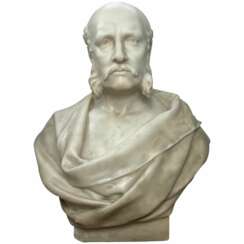

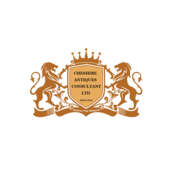
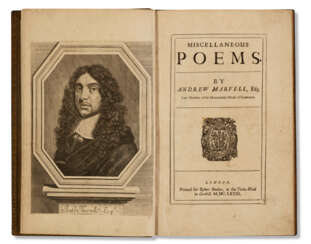




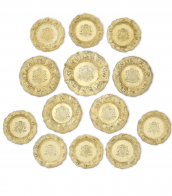
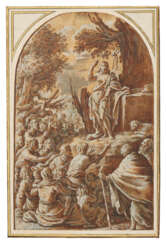

![[DREYFUS, Alfred (1859-1935), Émile ZOLA (1840-1902), et d'autres]](/assets/image/picture_3807103/5d00c/d2f79b90c4beceb027e4274f129bfdc41710234000jpg__fix_374_244.jpeg)
![[DREYFUS, Alfred (1859-1935), Émile ZOLA (1840-1902), et d'autres]](https://veryimportantlot.com/assets/image/picture_3807103/5d00c/d2f79b90c4beceb027e4274f129bfdc41710234000jpg__fix_374_244.jpeg)